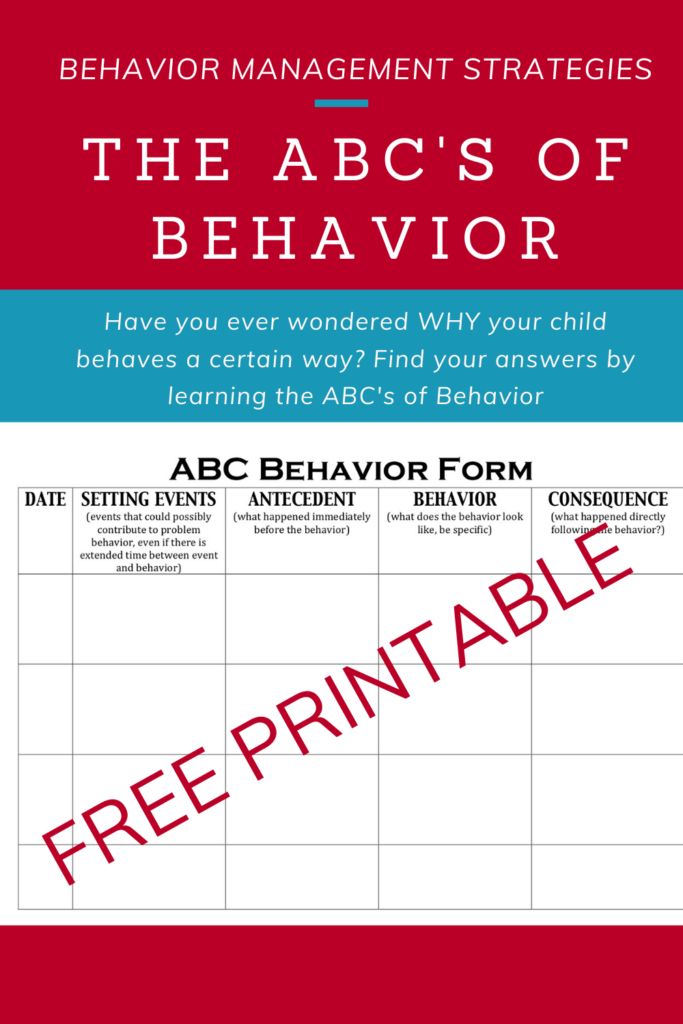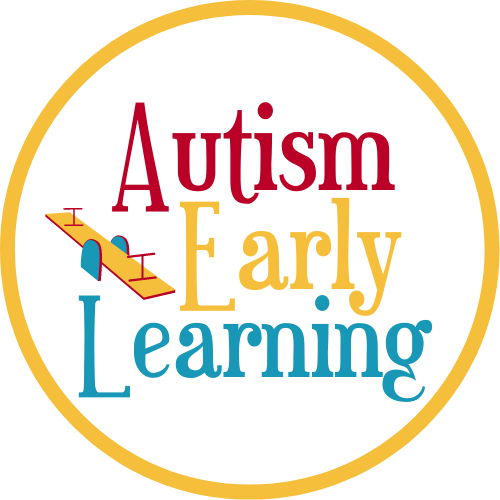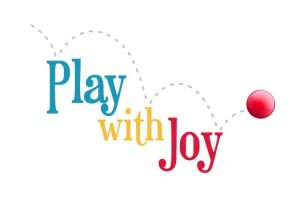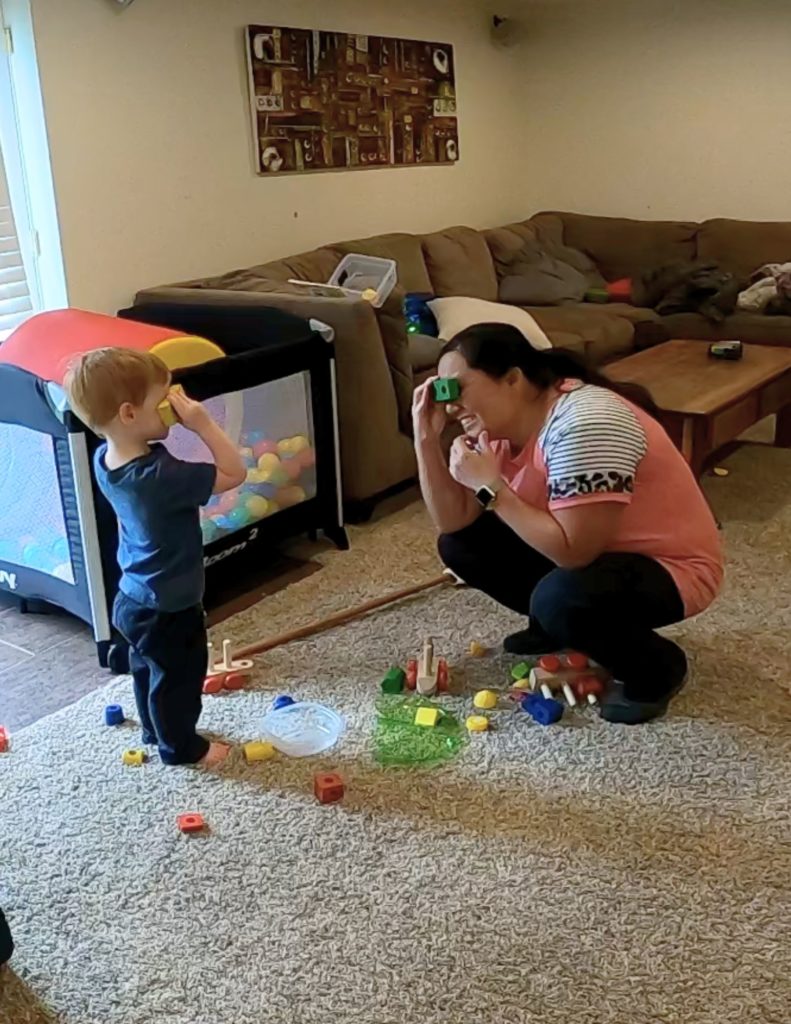I first learned about the ABC’s of Behavior when I was a teenager working at a group home for people with developmental disabilities. The women I worked with had varying ability levels, and a few of them had tendencies towards aggression. Some days it was very obvious why they were upset, but other times it could be a puzzle.
These ABC’s have come to be very important throughout my career of working in various environments, whether I was working in group homes, summer camps, schools, care centers, workshops, or homes.
So, what are the ABC’s of Behavior?
A=Antecedent
B=Behavior
C=Consequence
Another important thing to consider are Setting Events, which I wrote about in another post.
If you understand these ABC’s, you may be able to gain valuable information that may help reduce some behavioral outbursts.
Antecedent: What happened right before the behavior.
Behavior: What did the behavior look like, this should be specific rather than general. Instead of saying “she had a tantrum”, you should describe it “she screamed for 5 minutes.”
Consequence: What happened right after the behavior. This is not necessarily referring to how the child was disciplined. It is whatever happened directly following the behavior (i.e., peers in the class laughed, the teacher stopped and asked the student to stop, the student was escorted out of the class, etc.)

Free ABC Behavior Form
Enter your e-mail to receive your free ABC Behavior Form in your inbox. I’ll also send you extra tips on understanding behavior.
You can unsubscribe anytime. For more details, review my Privacy Policy
Using this ABC form can help you start to recognize patterns in an individual’s behaviors. If you are looking to reduce the frequency of a behavior, you will want to be specific on which behavior you are tracking, and be as specific as possible when filling out the form so you have lots of information.
You will want to track the behavior at least 1-2 weeks, and you should take data every time that behavior occurs. You can track multiple behaviors at a time, but to begin, I would suggest tracking the behavior that is of greatest concern.
Once you have some data, and have some ideas of why the behavior you are tracking is occurring, you can start making a plan. Check out my next post, as I will discuss some ideas to help you with this.






2 thoughts on “How the ABCs of Behavior Can Help You Understand Your Child Better”
Thank you for your comment! That means a lot to me 🙂
Thanks a lot for you website, it has helped lots of people. I just wanted you to know.